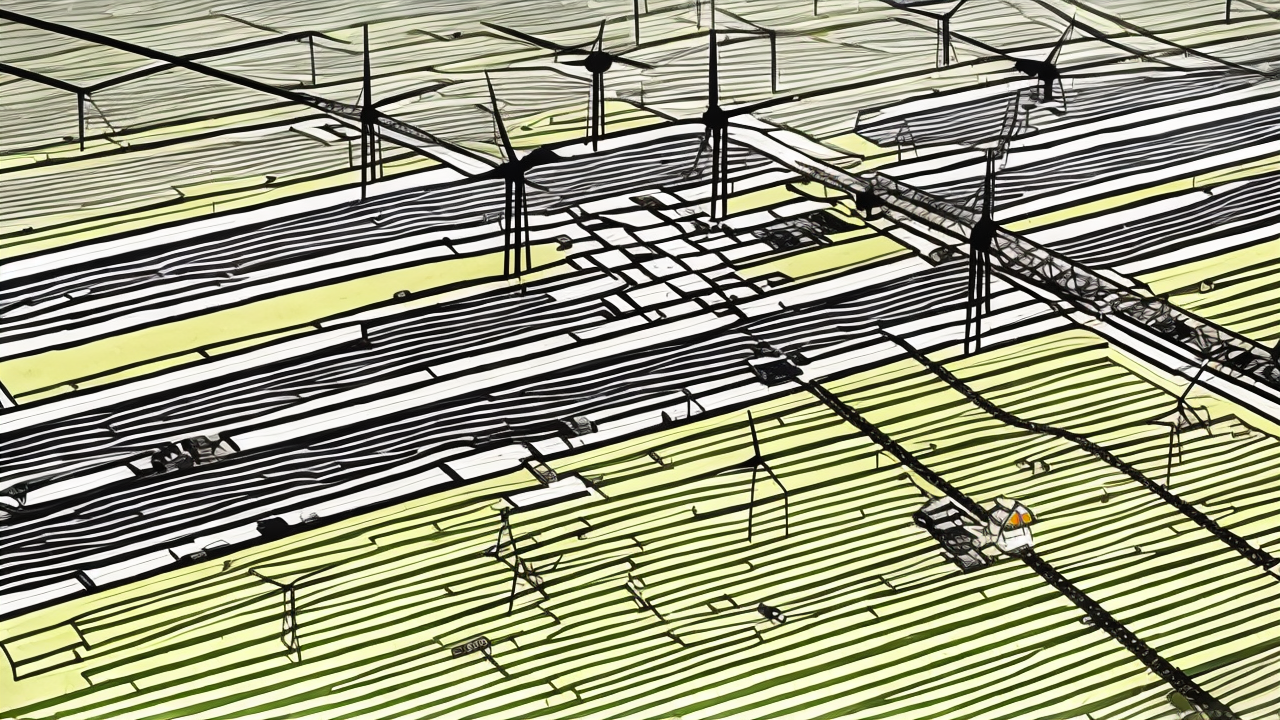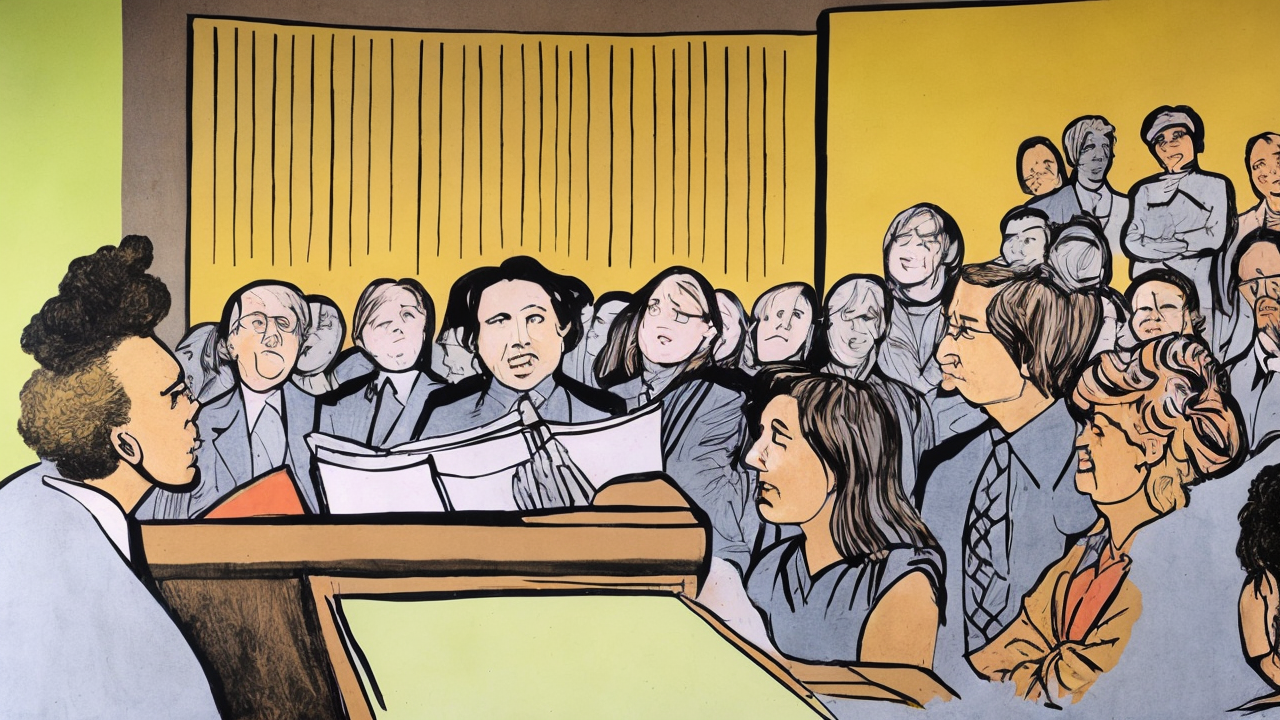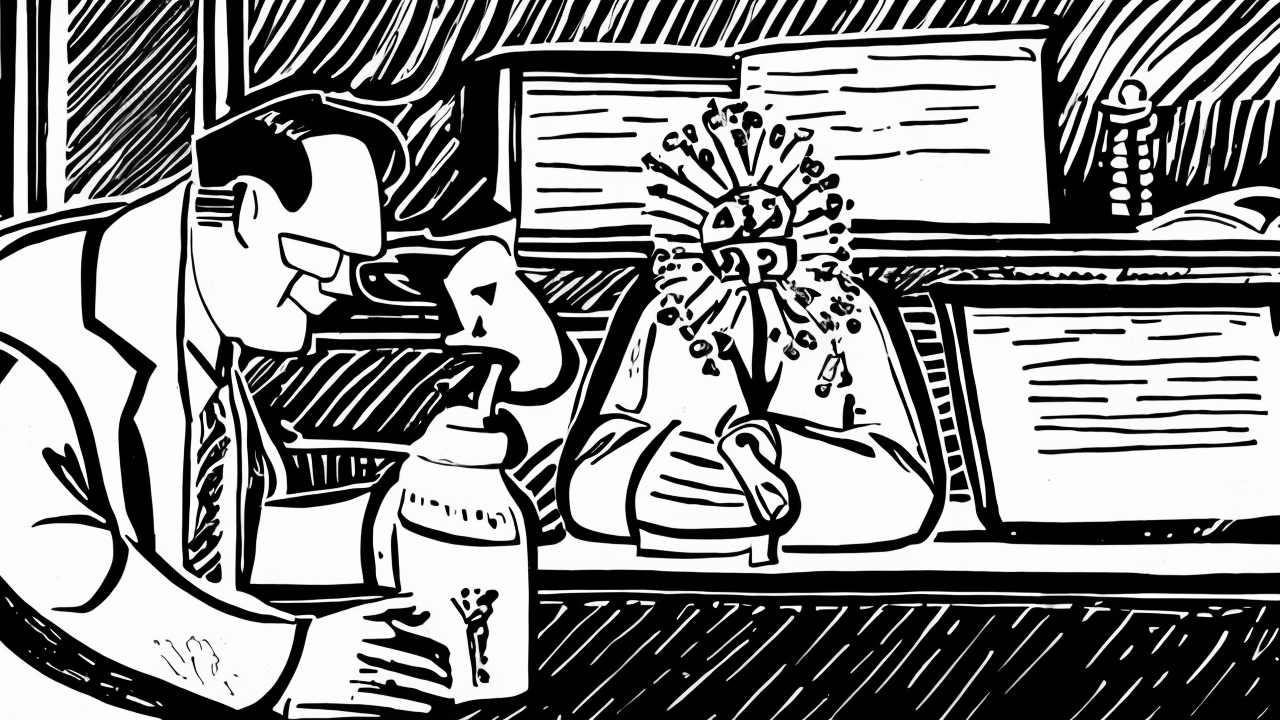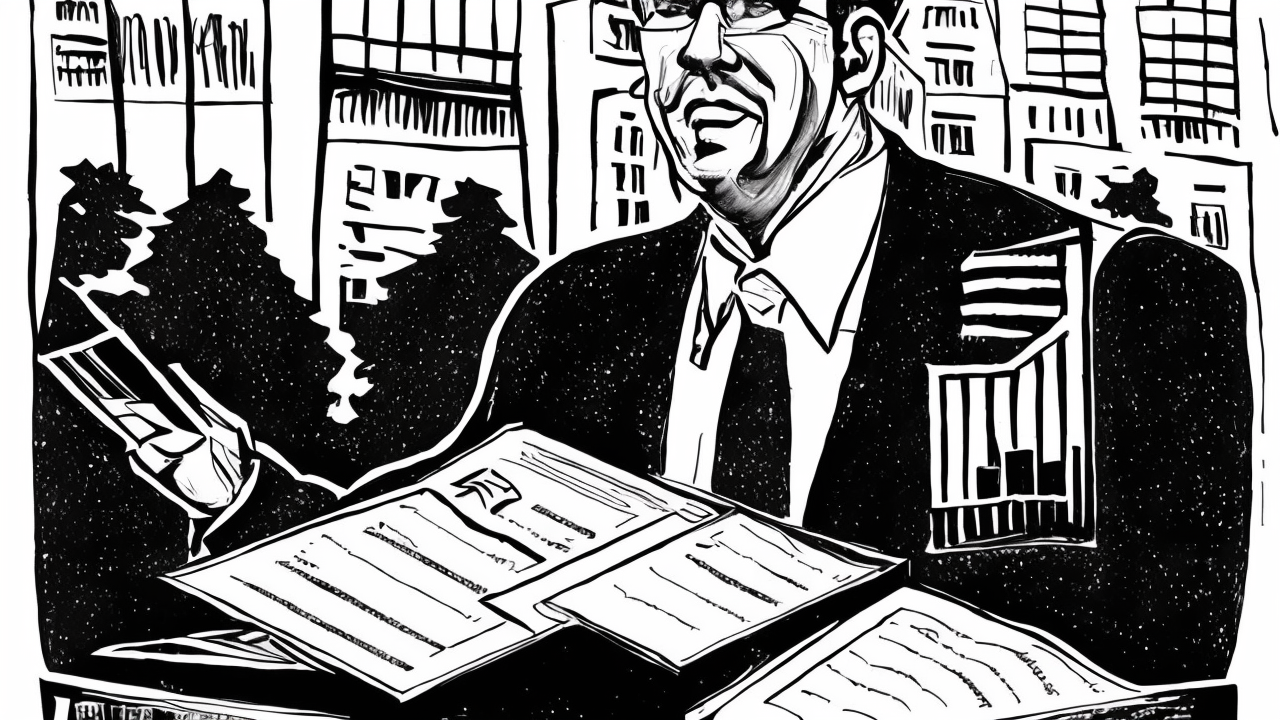EPA Shutdowns Fuel Coal Pollution Spike

When government shutdowns occur, essential services pause, and public trust erodes. This was clearly demonstrated during the 2018–2019 shutdown, when a measurable increase in particulate matter emissions from coal-fired power plants was recorded. According to a study published in the Journal of the Association of Environmental and Resource Economists, emissions rose 15 to 19 percent above normal levels during the period of reduced oversight. While this spike is concerning, it does not point to an inherent flaw in coal power or energy production. Instead, it reveals a deeper problem: the fragility of a regulatory system that depends on constant staffing and uninterrupted operations.
Particulate matter—fine airborne particles from combustion and industrial processes—is particularly dangerous to human health, especially for children, the elderly, and those with respiratory conditions. Unlike sulfur dioxide or nitrogen oxides, which are monitored through automated systems, the measurement of particulate matter relies heavily on trained EPA personnel collecting physical samples at designated sites. When shutdowns occur, these inspections halt. This gap in monitoring creates a window for some facilities to temporarily reduce maintenance on pollution controls in order to cut costs. But this is not proof that coal is inherently harmful. It is evidence that the system meant to protect public health is vulnerable to disruption.
The issue is not the technology or the fuel source. It is the structure of federal oversight. When environmental enforcement becomes dependent on full staffing, it becomes fragile. Shutdowns expose the reality that the EPA’s ability to regulate is not rooted in strong, self-sustaining processes but in the presence of employees. This dependency undermines long-term stability and makes meaningful accountability difficult.
Moreover, the current political climate often treats environmental policy as a battleground for ideological battles rather than a matter of practical stewardship. The focus on expanding federal authority, often at the expense of state and local decision-making, has led to rigid, top-down mandates that fail to account for regional differences. Energy policy should not be dictated by distant bureaucrats in Washington, D.C., but shaped by communities that live with the consequences.
A more sustainable model would empower states to design policies tailored to their unique needs—whether that means investing in cleaner coal technologies, supporting natural gas transitions, or promoting renewable energy where appropriate. Local governments and industries are often more responsive and innovative than centralized agencies. When communities are involved in setting environmental goals, compliance becomes a shared responsibility, not a top-down mandate.
This is not a call to abandon environmental protection. It is a call for smarter, more resilient governance. A healthy environment is not incompatible with economic growth. In fact, responsible energy use and environmental care are part of our duty as stewards of creation. Scripture reminds us that we are to care for the earth, not destroy it (Genesis 2:15). But stewardship does not require endless bureaucracy or the suppression of American energy independence.
The real challenge is not the emissions during a shutdown. It is the systemic overreliance on federal intervention. When government functions are disrupted, the consequences are immediate and visible. But the long-term damage comes from a culture that assumes only central authority can manage complex issues. That assumption weakens both public trust and the effectiveness of real solutions.
We need a system where environmental responsibility is built into industry standards, not dependent on the whims of political cycles. We need policies that encourage innovation, reward efficiency, and respect the dignity of workers. We need a balance—between protecting public health and supporting economic vitality.
The path forward is not to abandon regulation, but to rebuild it with common sense, local input, and a commitment to sustainable, practical outcomes. When government works as intended, it supports the common good. But when it fails to function, the cost is paid by those who are already most vulnerable. That is a lesson worth remembering—not just during shutdowns, but every day.
Published: 10/10/2025








